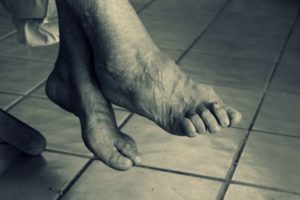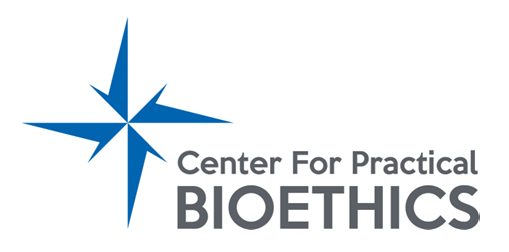The Case of Teresa: Patient Vulnerability from a System’s Failure to Protect
 Print this case study here: The Case of Teresa
Print this case study here: The Case of Teresa
The Case of Teresa: Patient Vulnerability from a System’s Failure to Protect
Bioethics Forum 16 (2)
Case and discussion questions posed by Linda Johnson, MSW, and Robert Potter, MD, PhD, Midwest Bioethics Center, Kansas City, Missouri.
Teresa is a seventy-year-old patient who has been cared for by a not-for-profit home health agency over the past two years. She has insulin dependent diabetes, severe chronic lung disease, obesity, and a stroke involving the right side of the body. Her husband Jimmy maintains the household and provides some support for the activities of daily living but cannot be trained to do nursing skills. Teresa requires care at a relatively high level: the preparation of insulin syringes, blood sugar monitoring, blood pressure checking, and the administration of several medicines according to a strict routine.
For two years, the agency has sent a home health aide to the patient two days a week for three hours each time. The aide bathes the patient and performs other personal care, and a nurse visits once a week to provide skilled care, for example, monitoring Teresa’s condition and setting up weekly injections and medications.
The patient has a tracheostomy that must be cared for daily. Teresa’s sister, who lives within a few blocks of her house, has been providing this service on a daily basis. But she has fallen ill and will no longer be able to care for the tracheostomy. The nurse who has been seeing Teresa in her home meets with the home health supervisor and recommends additional services for the tracheostomy since Teresa’s sister is ill and Jimmy cannot provide this care.
The supervisor has been meeting for the past month with the agency’s management team to anticipate the changes that Medicare’s prospective payment system (PPS) will bring to the agency. Because of restrictions in PPS, the management team has concluded that certain categories of high intensity care patients can no longer be served by the agency. The supervisor informs the field nurse that it will be necessary to dismiss Teresa from their care entirely because PPS payments will not cover the cost of their services.
Neither the supervisor nor the nurse is happy with this outcome, but the nurse is also angry. She begins to look for other resources to help Teresa.
Questions:
A framework of general strategies to help vulnerable persons should explore responses that will help individual patients, improve professional and organizational responses to vulnerable patients, and mitigate the negative effects of public policies that affect vulnerable persons.
Strengthen the self-determination of vulnerable persons [the patient/family]
- Has the agency done everything it can to strengthen the patient and family capacity to provide care and advocate for themselves?
- Does the agency have a moral responsibility to recruit someone to strengthen the patient’s current environment or relocate her to a safe environment?
- If the patient insists on staying in her home rather than moving to a nursing home, how should the agency support her decision?
Improve professional performance toward vulnerable persons
- Will the agency’s decision not to continue attending to the patient constitute abandonment?
- Should the agency continue to see the patient and absorb the financial loss?
- What should management do to care for the moral distress this issue is causing the nurse?
Ameliorate the negative effects of funding policy on vulnerable persons
- Does it appear that system-level policymakers have considered the possible consequences of PPS on vulnerable patient populations?
- Are there measurable negative outcomes for patients that help to distinguish between what causes subjective unhappiness for a patient and what is actually harmful to a patient?
- What ways does the agency have of off-setting the negative effects on patient outcomes?
- What action is needed to influence the political level of decision making in such a way as to help protect vulnerable patients?


